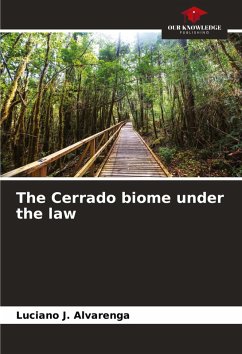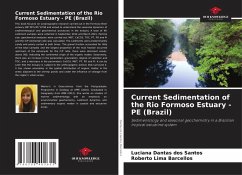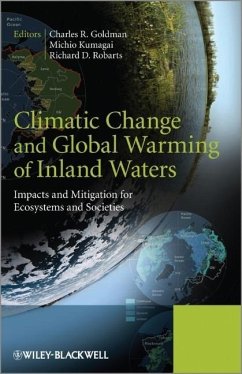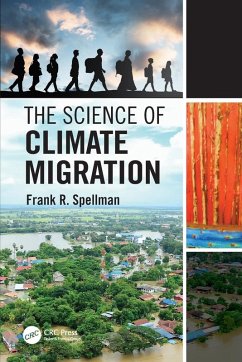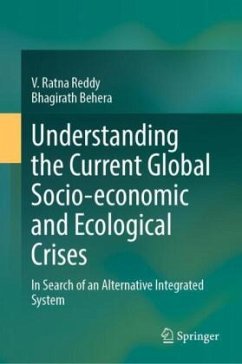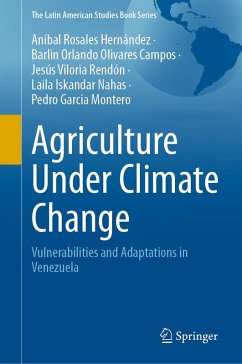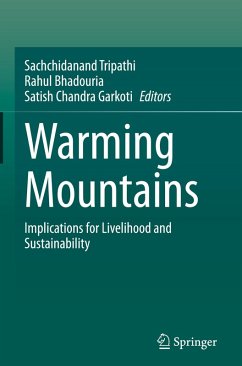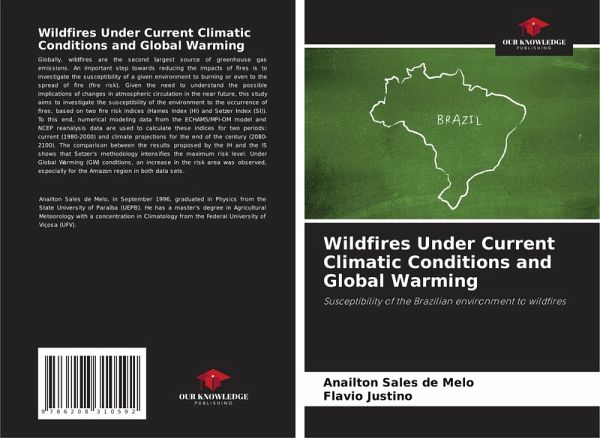
Wildfires Under Current Climatic Conditions and Global Warming
Susceptibility of the Brazilian environment to wildfires
Versandkostenfrei!
Versandfertig in 6-10 Tagen
33,99 €
inkl. MwSt.

PAYBACK Punkte
17 °P sammeln!
Globally, wildfires are the second largest source of greenhouse gas emissions. An important step towards reducing the impacts of fires is to investigate the susceptibility of a given environment to burning or even to the spread of fire (fire risk). Given the need to understand the possible implications of changes in atmospheric circulation in the near future, this study aims to investigate the susceptibility of the environment to the occurrence of fires, based on two fire risk indices (Haines Index (HI) and Setzer Index (SI)). To this end, numerical modeling data from the ECHAM5/MPI-OM model a...
Globally, wildfires are the second largest source of greenhouse gas emissions. An important step towards reducing the impacts of fires is to investigate the susceptibility of a given environment to burning or even to the spread of fire (fire risk). Given the need to understand the possible implications of changes in atmospheric circulation in the near future, this study aims to investigate the susceptibility of the environment to the occurrence of fires, based on two fire risk indices (Haines Index (HI) and Setzer Index (SI)). To this end, numerical modeling data from the ECHAM5/MPI-OM model and NCEP reanalysis data are used to calculate these indices for two periods: current (1980-2000) and climate projections for the end of the century (2080-2100). The comparison between the results proposed by the IH and the IS shows that Setzer's methodology intensifies the maximum risk level. Under Global Warming (GW) conditions, an increase in the risk area was observed, especially for the Amazon region in both data sets.





